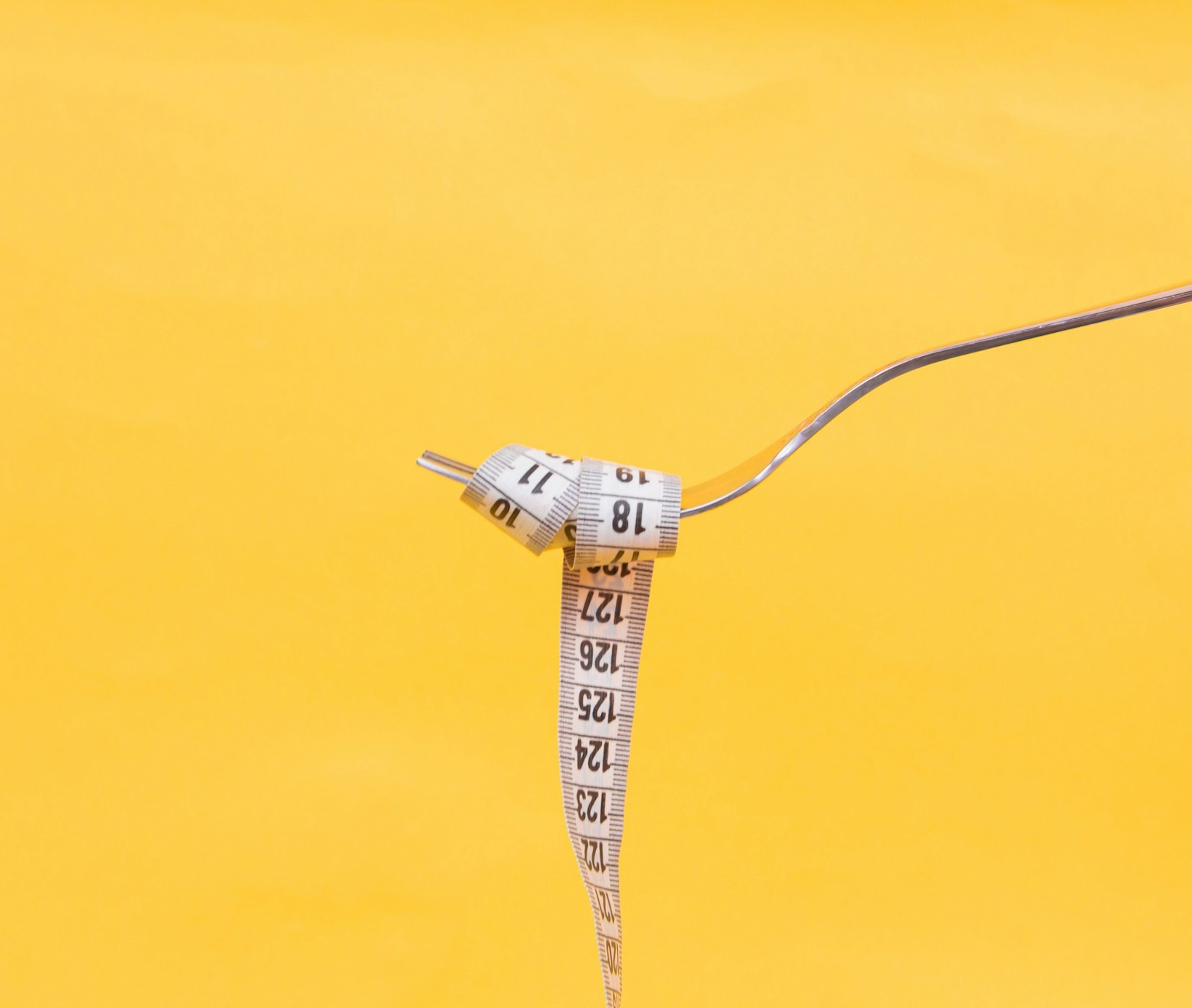GLP-1 Semaglutide can be a game-changer in managing weight. To succeed, we must change our habits and maximize its benefits. Here are the foundational rules I teach my Semaglutide patients during their first visit.
1. Stop When You’re Full
One of the most critical lessons is to stop eating when you’re full. Many of us have been conditioned to clear our plates, but this behavior ignores our body’s natural satiety signals. Semaglutide helps by triggering the sensations of fullness.
Reflecting on this feeling, recognizing it, and allowing it to guide our eating habits is essential. Doing so can rewire our brain to respond to fullness cues, leading to better portion control and reduced calorie intake.
2. Celebrate Leftovers

Embracing leftovers is a fantastic byproduct of stopping when you’re full. Rather than seeing uneaten food as waste, view it as a benefit. Leftovers mean you have meals ready for tomorrow, saving time and money.
Repurposing leftovers saves me about $500 a month. This habit supports your weight loss journey and contributes to a more economical and sustainable lifestyle.
3. Prioritize Protein at Every Meal
Focusing on protein intake is crucial. Protein stays in your stomach longer, keeping you fuller for an extended period and preventing insulin spikes. When you’re on Semaglutide and experiencing a calorie deficit, your body will lose weight. But our body can’t differentiate between fat and muscle.
Ensuring adequate protein intake helps preserve muscle mass during weight loss. Aim to include a good source of protein in EVERY meal to support muscle retention and overall health.
Remember, these changes are about losing weight and fostering a healthier, more mindful relationship with food.
Practical Tips for Implementing These Rules
- Mindful Eating: Pay attention to your body’s hunger and fullness signals. Eat slowly and savor each bite to give your body time to register satiety.
- Meal Prep: Plan and prepare meals ahead of time, focusing on balanced portions and protein-rich foods. This will help you stick to your dietary goals.
- Track Progress: Keep a food journal to monitor your eating habits, fullness levels, and overall progress. I use MyFitnessPal. This can help identify patterns and areas for improvement.
Starting Semaglutide is a significant step toward achieving your weight loss goals. Now, we must commit to new eating behaviors. Stopping when you’re full, celebrating leftovers, and prioritizing protein can maximize the medication’s benefits and set yourself up for long-term success. Remember, these changes are about losing weight and fostering a healthier, more mindful relationship with food.
Blog Author: Dr. Jeff Livingston
Main Blog Photo By: Diana Polekhina on Unsplash











